Table of Contents
Introduction
Seasoning a steak correctly is the key to unlocking maximum flavor and texture. Here's a simple step-by-step guide to perfect steak seasoning every time.
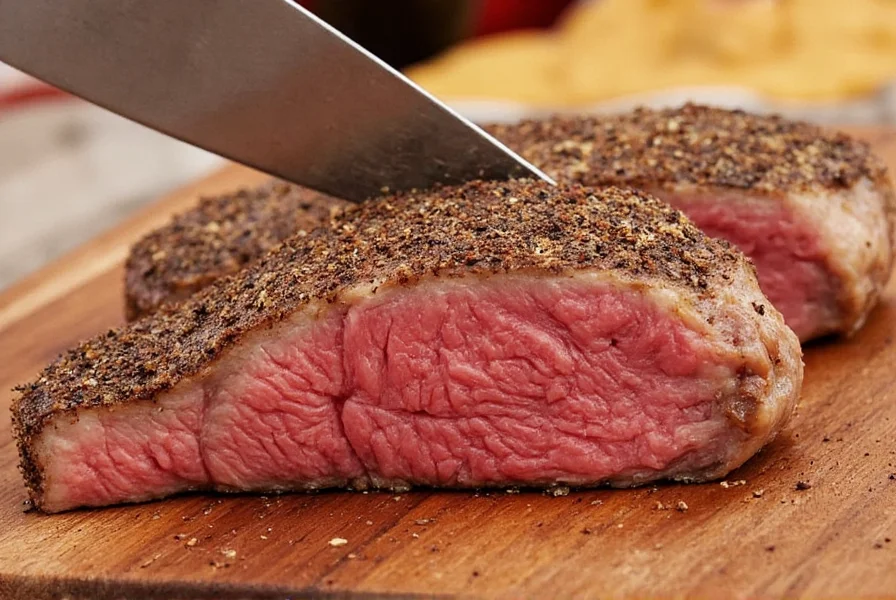
Why Seasoning Matters
Proper steak seasoning transforms ordinary meat into a gourmet experience. Here's why it's essential:
- Enhances natural flavor: Salt draws out moisture and intensifies the beef's inherent taste.
- Creates a perfect crust: The Maillard reaction requires proper seasoning and dry surface for browning.
- Improves texture: Dry-brining with salt tenderizes the meat while enhancing juiciness.
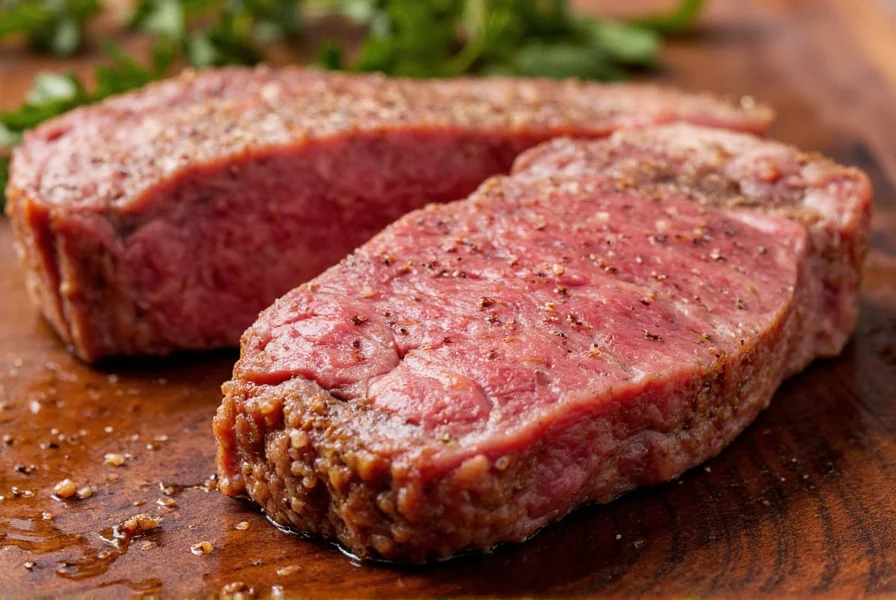
Essential Spice Basics for Steak Seasoning
These core ingredients form the foundation of perfect steak seasoning:
1. Coarse Kosher Salt
Use 1 teaspoon per pound of steak. The large crystals distribute evenly and penetrate the meat better than table salt. It's the most critical ingredient for flavor and crust development.
2. Freshly Ground Black Pepper
Whole peppercorns ground just before use provide maximum aroma and heat. Avoid pre-ground pepper which loses potency quickly.
3. Optional Enhancers
For complexity, add these sparingly to avoid overpowering the beef:
- Garlic powder (1/4 tsp per pound)
- Smoked paprika (1/4 tsp per pound for subtle smokiness)
- Dried thyme or rosemary (pinch per pound for earthy notes)
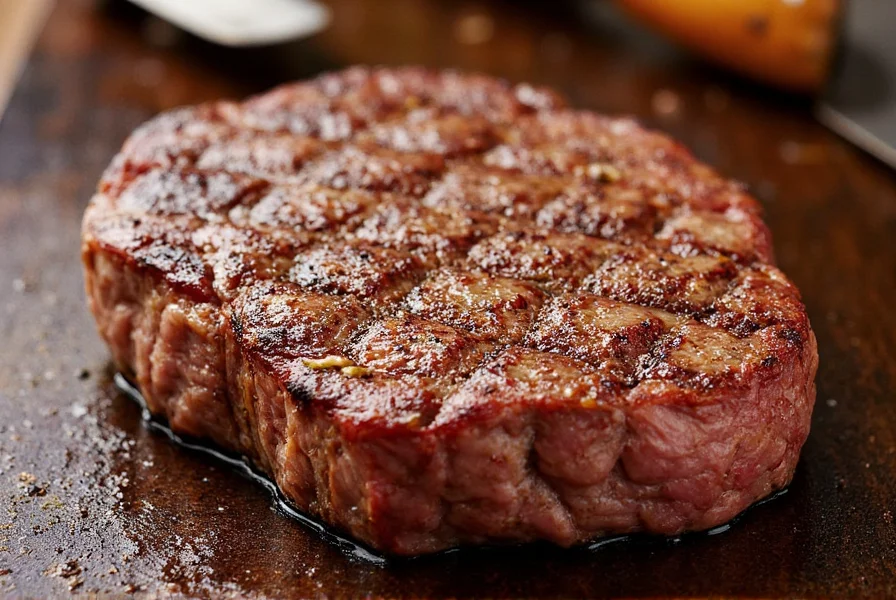
Step-by-Step Guide to Season a Steak
Follow these precise steps for restaurant-quality results:
Step 1: Pat the Steak Dry
Use paper towels to thoroughly dry all surfaces of the steak. Moisture prevents proper browning and crust formation.
Step 2: Apply Salt Properly
Generously season all sides with coarse kosher salt 40-60 minutes before cooking. For immediate cooking, season just before searing (never 5-10 minutes prior). Use 1 teaspoon per pound of steak.
Step 3: Add Pepper and Other Spices
Apply freshly ground black pepper and any optional spices immediately before cooking. This prevents burning during high-heat searing.
Step 4: Rest at Room Temperature
Let the seasoned steak sit uncovered for 30-60 minutes. This allows salt to penetrate and the meat to reach even temperature for consistent cooking.
Step 5: Cook at High Heat
Preheat your pan or grill to 450°F+ before adding the steak. The high heat triggers the Maillard reaction for that perfect crust.
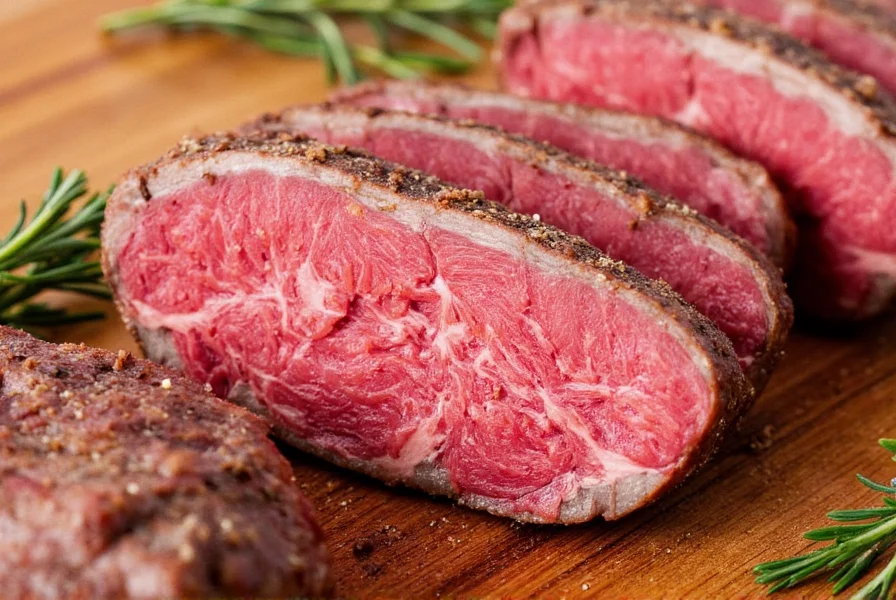
Frequently Asked Questions About Steak Seasoning
When is the best time to season a steak before cooking?
Season 40-60 minutes before cooking for dry-brining benefits. If short on time, season immediately before cooking. Never season 5-10 minutes ahead as this draws out moisture without allowing reabsorption.
How much salt should I use when seasoning a steak?
Use 1 teaspoon of kosher salt per pound of steak. The salt should be visible but not piled up. For table salt, reduce to 1/2 teaspoon per pound due to higher density.
Should I oil the steak before seasoning?
No. Oil creates a barrier that prevents seasoning from adhering. Pat dry, season generously, then lightly brush with high-smoke-point oil (avocado or canola) just before cooking.
What's the secret to getting a perfect crust?
Three key factors: 1) Completely dry surface before seasoning, 2) Proper salt application (1 tsp per pound), 3) Preheated cooking surface at 450°F+. The Maillard reaction requires these conditions to occur.
Can I use other seasonings besides salt and pepper?
Yes, but keep it simple. Add garlic powder, smoked paprika, or dried herbs sparingly (1/4 tsp per pound). The steak's natural flavor should remain dominant - avoid overpowering blends.
Should I season both sides equally?
Yes. Season all surfaces including edges. Uneven seasoning creates inconsistent flavor and crust development during cooking.
Conclusion
Mastering steak seasoning is simpler than you think. Focus on these fundamentals: dry surface, proper salt timing, and high-heat cooking. With these techniques, you'll achieve restaurant-quality flavor and texture every time.
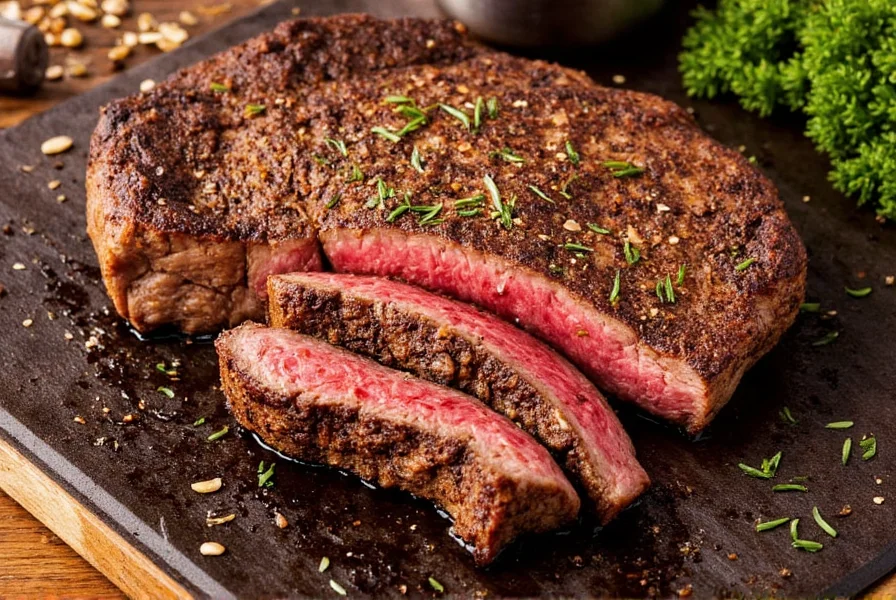

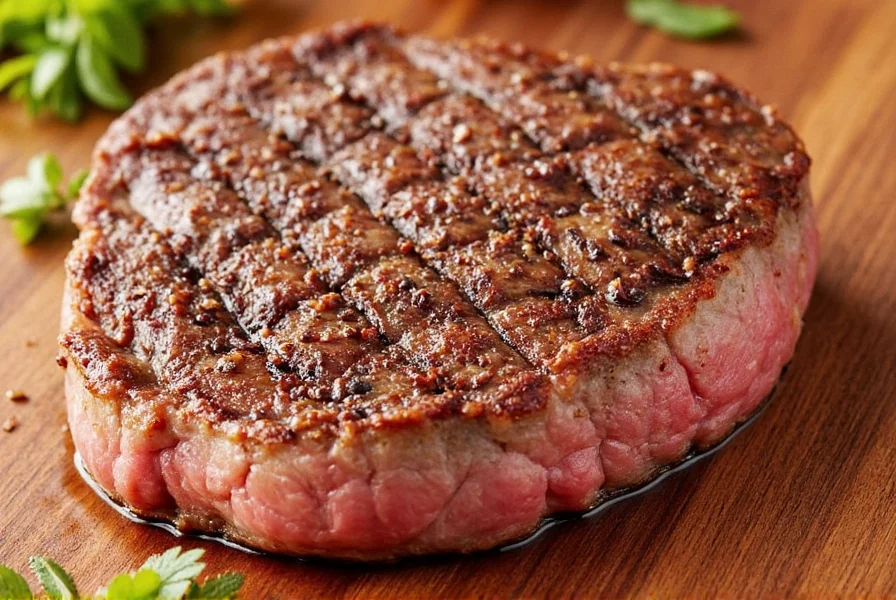









 浙公网安备
33010002000092号
浙公网安备
33010002000092号 浙B2-20120091-4
浙B2-20120091-4